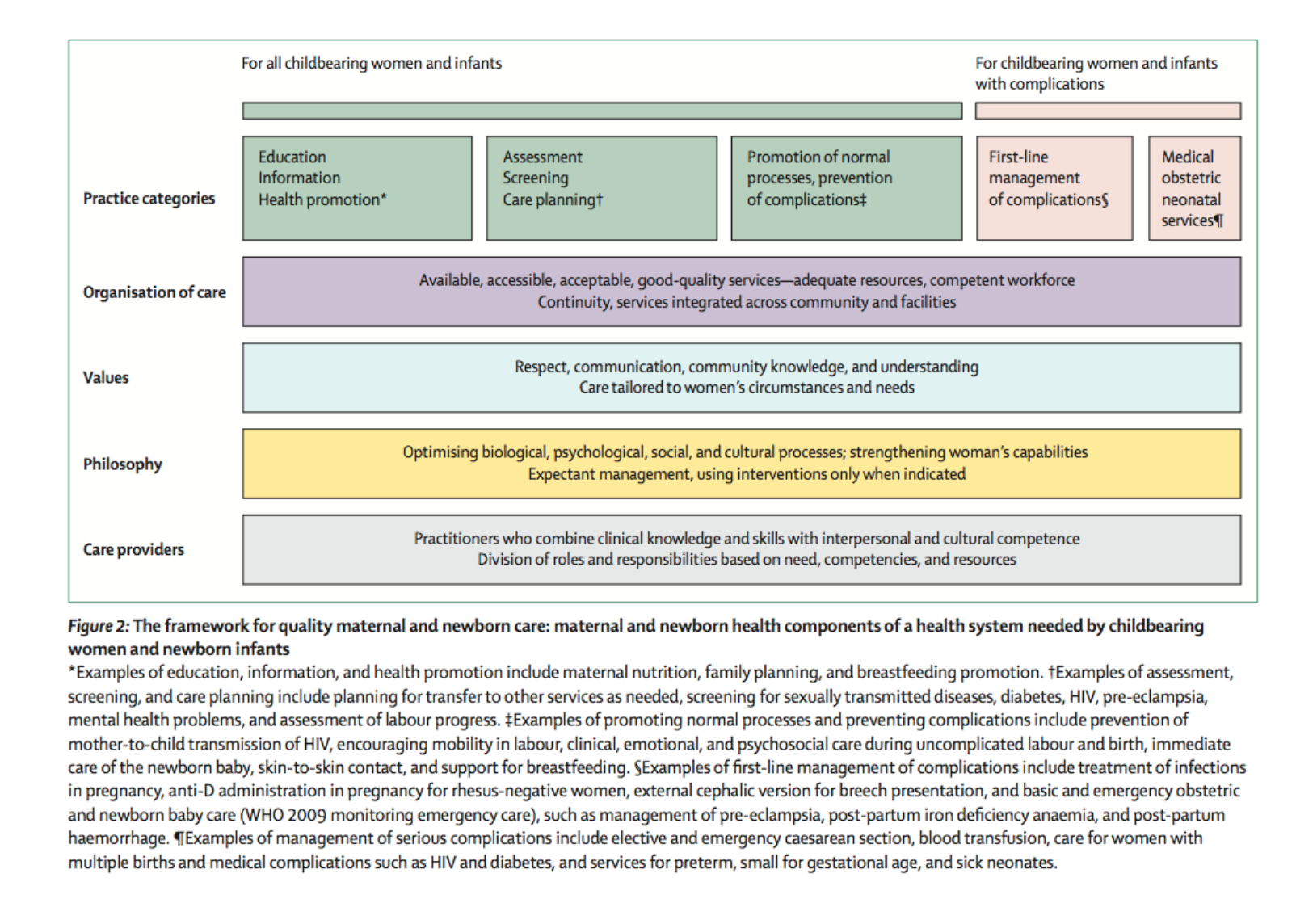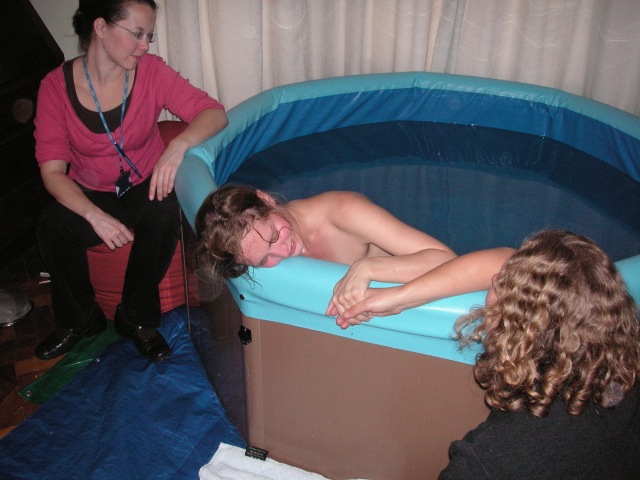Midwife Diaries and more - an interview with Ellie!
/Midwifery support giver - Ellie Durant
I was absolutely thrilled when Ellie Durant said YES to writing a guest post for my blog. Read on...and you'll see why!
Sheena, it’s a huge honour to be asked to write for your blog. You’ve asked me some things about myself and my midwifery support business, and I’ve also included a little something extra for your readers that I hope they’ll enjoy and find useful…
This is what Midwife Diaries is all about!
Hi Ellie, I’ve heard you speak at a conference, and seen your positive presence on social media, but I would love to know more about you…
To cut a long and meandering journey short, I started my website Midwife Diaries when I moved to New Zealand to practise as a midwife. It was a way of recording that journey, fulfilling my passion for writing and keeping friends and family in the loop about what I was up to 12,000 miles from home.
Midwife Diaries is now my full-time business that works to support aspiring, student and newly qualified midwives in particular, though we have many experienced midwives who are part of the community too.
On a personal note I love cycling and running – these are what have kept me passionate (and sane!) both as a midwife and in my own business.
I think many midwives are devoted to their one true calling and I have huge respect for this. I also know my own nature is to ‘cross-pollinate’ and entrepreneurial drive for helping midwives and my passion for writing are the things that fuel me.
What made you want to become a midwife, Ellie?
My story is that I got obsessed with midwifery when I was a teenager, trained in Leicester, worked in Peterborough for 18 months and then went to New Zealand.
I wanted to become a midwife for the reasons most aspiring midwives have: women and their lives fascinate me.
I also wanted to do something useful and meaningful. Now that energy goes into Midwife Diaries.
I’ve seen that you’ve published a book, and that your focus is on supporting student midwives and newly qualified midwives - tell us more!
My book Becoming a Student Midwife: The Survival Guide For Passionate Applicants is about the process of getting into midwifery.
It’s a bit of a ‘Trojan horse’ - most people expect Becoming a Student Midwife to simply help them into the profession by the way of personal statement advice and interview technique. But, though that is a large part of it, the reality is that admissions tutors are rather astute and perceptive individuals, and to truly have the best chance of winning a place an aspiring student midwife has to become the best candidate. So, Becoming a Student Midwife actually teaches aspiring students the fundamental ideas, philosophy and research behind modern midwifery. Important things like why we use words such as 'women' and 'client' rather than 'patient', and the fundamental differences between holistic midwifery care for healthy 'normal' women and other medical professions that are geared towards treating the unwell.
My intent was that Becoming a Student Midwife would be enlightening and thought-provoking for people new to the ideas within midwifery and its unique style of care, whilst also giving them the practical tools and techniques to demonstrate their knowledge and qualities at the application level.
I believe the strengths needed for a good application are the same strengths needed throughout your midwifery career.
These are high-level communication skills, self-belief and huge amounts of compassion both for yourself and everyone around you.
There’s a new version of Becoming a Student Midwife in the works which covers recent politics and everything I’ve learnt from successful student midwives.
There’s even a chapter by Virginia Howes, independent midwife, which suggests career pathways into independent practice, something that sits in line with the continuity models suggested by The National Maternity Review.
Ellie, I love your website - and just wish I had had this kind of resource when I was a midwife wannabe, or student. What kind of feedback do you receive?
That means the world to me, Sheena. The best feedback is always along the lines of ‘your blog posts make me feel normal’.
Feeling you are in the company of others who know and respect what you’re going through is a much more significant thing than it first appears. Especially when you hit the dark patches.
I also get some great feedback from student and newly qualified midwives who like the summary pieces, for instance on The National Maternity Review, or MBRRACE.
Midwife Diaries content is supposed to be inspirational and very easy to read, particularly where the subject matter is complex.
This is because midwives are so busy and often just need the facts presented in a way that’s going to stick.
Do you find social media helps your goals?
Very much so, I run ‘The Secret Community For Midwives In The Making’ which is a Facebook group. We’re now 2 years old and have nearly 12,000 members. Movers and shakers in the birth world do Q&As (thanks Sheena!).
We also have various members of the multidisciplinary team come and chat to us – last night an expert Family Worker who specialises in supporting women experiencing domestic violence was a guest: see the bottom of this post for the ten most significant things we learnt from her!
Members can contact myself and the other moderators and we can post anonymised questions for them so they can have the benefit of the Community without risking confidentiality.
The level of support is brilliant and we have a phenomenal volunteer moderator team.
Can you tell us what your plans are for the future?
Just to confuse everyone further, I’m writing a novel about a student midwife called Chloe. It covers controversial subjects, like abortion and drug abuse, but it’s actually quite upbeat!
A major dream of mine is to one day start a 24 hour, free support line for midwives to be able to debrief, completely confidentially. I have plenty more ideas for Midwife Diaries, perhaps more than I can actually pull off, but I'll keep them under my hat for now.
Right, enough about me!
The Ten Most Crucial Things We Learnt About Domestic Violence and Midwifery from Our Family Worker Q&A:
1. A major problem with a professional’s role in domestic abuse intervention is that the perpetrators tend to be convincing, manipulative and charming. It’s a very hard job!
2. Follow safeguarding procedures at your Trust – at some point during pregnancy all women are supposed to be asked about domestic violence, while they are alone. Studies show that women not experiencing domestic violence don’t mind being asked and, those that are, need to be asked.
3. Perpetrators of domestic violence target women when they are at their most vulnerable, so well-known signs/situations include women who:
Have experienced domestic abuse in a previous relationship
Have learning difficulties
Have grown up in care
A surprising number have lost their mother or ex-partner within the last 6 months
A significant age gap between partners, 9 years, or less if the woman is younger
4. Words to avoid when talking to sufferers include ‘victim’ because it suggests someone who is powerless and women will already be feeling that way because of the perpetrator. Don’t shy away from the correct terms ‘rape’ and 'abuse’ though, if this is what’s happening. This gets easier with practice.
4. If you have a woman who doesn’t speak English it’s best not to get a relative, male or female, to translate, as they could be a perpetrator of abuse too.
5. Discussing domestic violence with men on a global scale is important. It’s not a ‘women’s issue’, it’s an ‘everybody's issue’.
6. The best way to protect a woman is a safety plan. Women’s Aid trained domestic violence and abuse professionals will make these mainly. Safety plans include knowing which areas of the house to avoid arguments in (bathroom and kitchen as there are sharp objects) and what to do if he comes home in a bad mood. Also having someone to contact for help, and advising to call the police early.
7. It may be that women will not disclose abuse or ask for help. However, offering the National Domestic Violence Helpline and talking about the issue could help ‘loosen the jar’ for the next professional who comes along, who can then ‘pop the lid’.
8. Don’t ever give out leaflets about domestic violence as it’s not safe. Numbers should be written on a plain piece of paper or women can save the numbers on their phone under a different name.
9. These women often have isolated lives. Calling just to see how they are will demonstrate you are there to help. That small act of kindness can make all the difference. Calling when you say you’re going to call definitely helps.
Huge thanks to the lovely and accomplished Rosa Sampson Geroski, a Family Worker from Cambridge, with an experienced background in intervention for domestic abuse.
I hope you found this helpful. I’d love to see you over on Midwife Diaries, or in The Secret Community!
You can find me:
MidwifeDiaries.com (subscribe for free to weekly blog posts)
In The Secret Community For Midwives In The Making
Ellie x
















































